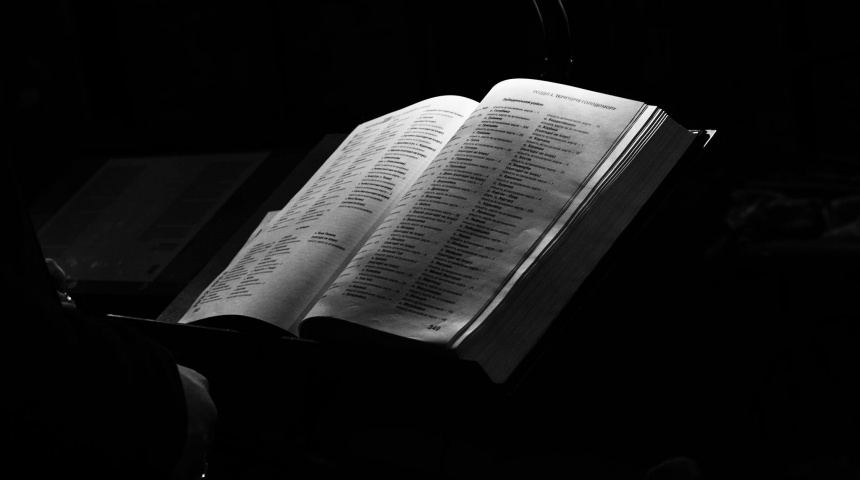Museum concept
Permanent exposition of the National Museum of the Holodomor Genocide will be an informative addition to its memorial part — the Hall of Memory. It will uncover the essence of the Holodomor, the crime of genocide of Ukrainian nation, committed by the occupational communist regime. At the same time, it will demonstrate struggle of Ukrainians for life. Decades of continuous fight for freedom led to decay of Communist empire, on the ruins of which independent Ukraine appeared. In spite of the intent to turn the nation into denationalized urban and rural proletariat, obedient slaves of the regime, Ukrainians withstanded, won and became modern political nation.
Usually, people speak about the biggest tragedies of humanity by numbers. We will try to change this discourse from statistics to the human dimension. Because of the lack of documentary sources and artifacts, intentionally destroyed by the Soviet authorities, oral history is the main source of information about the history of the genoicde of Ukrainian people, the Holodomor of 1932–1933. Verbal communication will be the guide through huge narrative regarding the Holodomor in the museum exposition. Human voice helps to formulate the thoughts, communicate with people, convince and affirm one’s point of view. Physically insignificant sound energy of voice is capable of transforming into fierce emotional blow, when a word becomes the key to knowledge, capturing, impressing and terrifiying.
Eyewitnesses’ testimonies and our contemporaries’ reflections — human vocies in the exposition — will supplement unique architecture of the Holodomor Museum buliding. They will be the Truth, which was covered and silenced, but survived and came to light.
The structure of the exposition will be based on the method of layers — from global to personal, where the special attention would be paid to local history and individual experience. At the beginning and ending of the exposition, the voices of the witnesses and their descendants will create a dialogue. By identifying oneself as witness of historical events and listening to the guiding voices, the visitor would be able to feel the atmosphere of that time and look for the answers for the following questions: “Why did the Holodomor become possible?”, “How was the genocide organized?”, “How did people survive?”, “What can we do not to let such crimes repeat?”.


